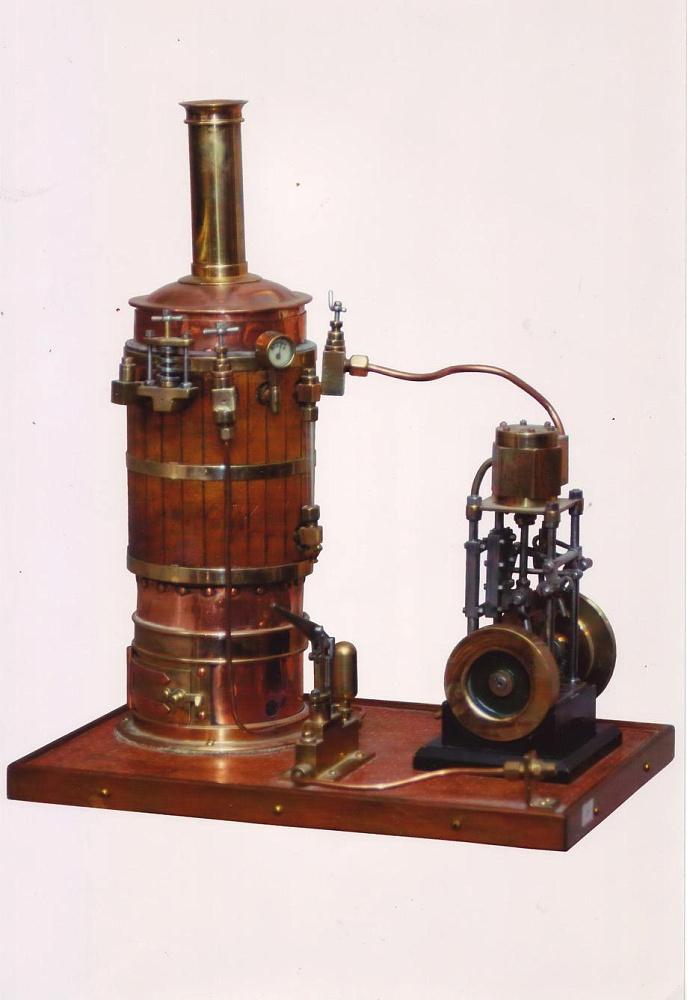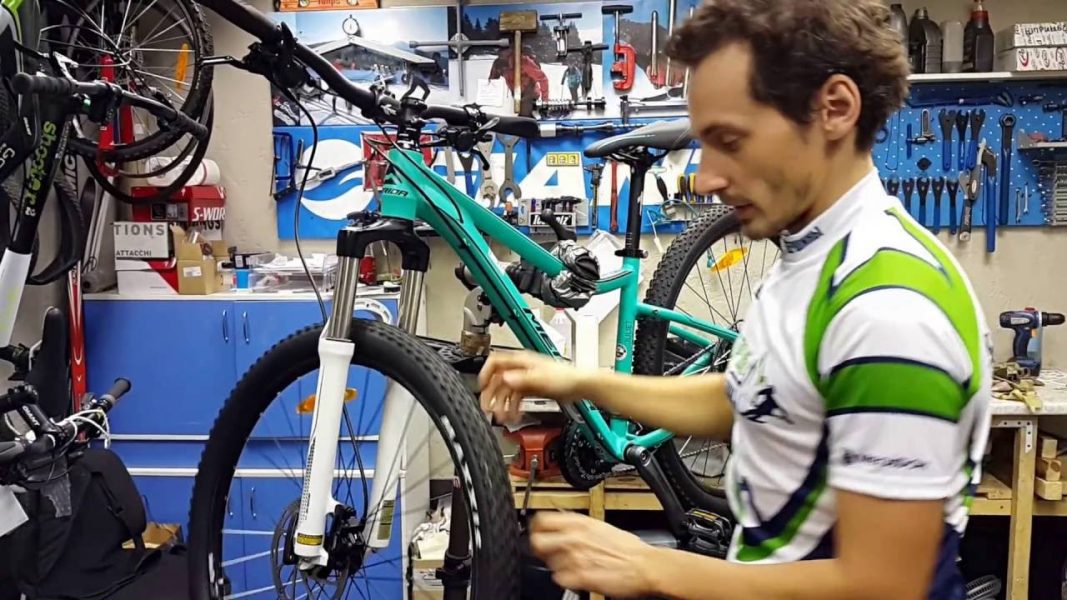
Choosing the Right MTB Brake Pads: The Complete Guide
Content
Pads are the centerpiece of any disc brake system on a bicycle: for the same disc brake, changing the type of brake pads can change the braking force by up to 20%.
To prevent your mountain bike rides from becoming a nightmare, you should regularly check your bike's braking system, in particular the brake pads that keep you safe. Effective disc brakes with good pads allow for a relaxed ride.
Here are some tips to help you choose the right brake pads for your bike and your mountain biking style.
Brake Pads: The Essential Parts Of Your Mountain Bike
The brake pads guarantee your safety and driving comfort by providing optimum braking performance. But over time and use, they deteriorate and gradually lose their original characteristics.

Typically, wear occurs due to:
- Normal use over time,
- Premature use with possible icing, consequence of significant heating after prolonged use (constant stress during long descent),
- Contamination with greasy elements, e.g. from chain lubrication.
As a result, the braking efficiency drops sharply; Therefore, it is always wise to change your brake pads as soon as you notice wear and tear.
Fading, recovery and icing
Le fading Literally means "fading" of braking power due to excessive heating of the pads. This condition is caused by wear on the surface layers of the lining, which are therefore lubricated. The heat from the pads is transferred to the entire braking system, so their heat dissipation is essential. Cooling will allow the pads to restore their coefficient of friction. It may take more or less time: this ability to cool is called recovery.
Le icing refers to a change in the surface condition of the pads, which become smooth and therefore no longer cause friction. This phenomenon occurs during prolonged braking at low pressure: the material does not tear off, but melts and forms a surface layer that prevents friction.
La pollution occurs when a fatty substance is absorbed by the liner, which lubricates the friction of the pad against the disc, almost completely reducing friction and therefore preventing thinning.
Platelets still filled but contaminated or covered with ice can be recovered using a variety of methods:
- For frozen waffles: stretch an abrasive cloth to remove the thin top layer and restore the bite,
- For contaminated platelets: holding at a high temperature in an oven, for example, to burn fatty substances.
When do you need to change the pads?
Replace brake pads as soon as you notice reduced performance and / or squeals when braking. Missing bite can also be a symptom. Some manufacturers indicate a wear indicator. You can also check the thickness of the filling, which should be minimum from 1 to 2 mm.
In general, the pads can travel 200 to 300 km for mountain hikes and over 500 km for cross-country training. With DH, 5-6 days should be monitored and possibly considered for platelet renewal.
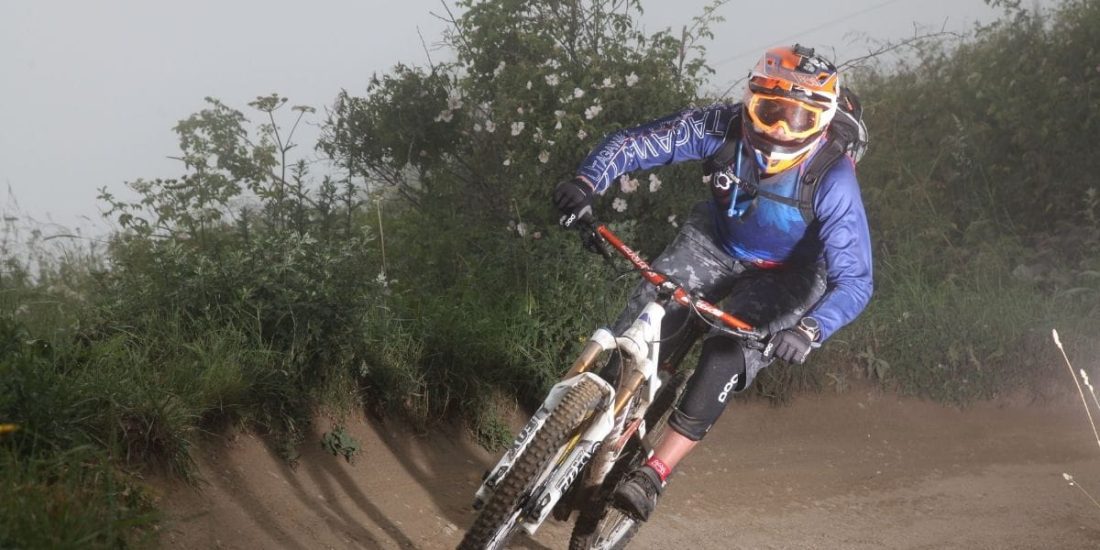
What are the criteria for choosing the right pads?
Make your choice according to your inhibition habits, short or long term, and depending on the type of activity you are practicing. The type of terrain you are working on is the determining factor.
Be sure to bet on a model that is compatible with your brake discs to benefit from a balanced and compact braking system. To ensure good resistance and durability of your braking system, pay special attention to the quality of the material from which the brake pads are made.
Different types of brake pads: advantages and disadvantages
Choosing the right brake pads for your bike isn't easy. In addition, when choosing, it is imperative to take advantage of effective braking. These products are available in the market in different versions: organic, metallic, ceramic and semi-metallic. Enhance the features of each model.
Organic brake pads
Also known as “resin,” this type of lining is made from fibers, resin and organic materials such as Kevlar and rubber to provide exceptional cold braking. From the very first braking, his bite is immediately felt. Very quiet, soft and less expensive than their counterparts, this type of pad is especially recommended when you need powerful braking, short and moderate. Therefore, it is effective for short descents. It should be noted the speed of its hacking. Many manufacturers equip their bikes with organic brake pads as original equipment. However, it should be noted that this type of platelet has some disadvantages. It is not designed for long descents because its performance is limited to short-term braking. Compared to metal pads, these parts wear out faster, especially in muddy or sandy areas. In addition, the organic compound increases the temperature of the braking surfaces. This can reduce the endurance of these platelets, which cannot withstand high temperatures.
Metal brake pads
This type of pad, made up mostly of metallic materials such as iron, steel, copper and bronze, works by increasing temperatures due to friction between the pads and the discs. More progressive, the performance and endurance of these parts is proven on long descents. They easily trap heat to quickly raise the temperature of the brake fluid. Despite the fact that their bite is less appreciated than organic pads, these models retain stopping power for a long time, since overheating is significantly delayed.
Their rather long lifespan also makes them an attractive choice. However, they require a sufficiently long run-in and warm-up time to provide maximum bite and all of their performance. It is also recommended to carefully check the type of brake disc, as these metal pads cannot be used with all discs, especially those that do not have the properties necessary for the proper functioning of this brake system. If it says "Only rubber pads" then it is incompatible with metal brake pads.
The braking power of an ATV with these pads is good enough in mud or rain. Its main disadvantages are: somewhat noisy character and higher cost.
Ceramic brake pads
Like metal pads, these parts resist overheating well, which limits heat transfer to the hydraulic system. Its low temperature peck and fade resistance remain their main characteristics. Ceramic brake pads specifically designed for competition are more expensive.
Semi-metallic brake pads
This filling is composed of an organic and metallic mixture. Thus, it has the advantages of these two types of bicycle disc brake pads.
Последние новинки
Ventilated pads
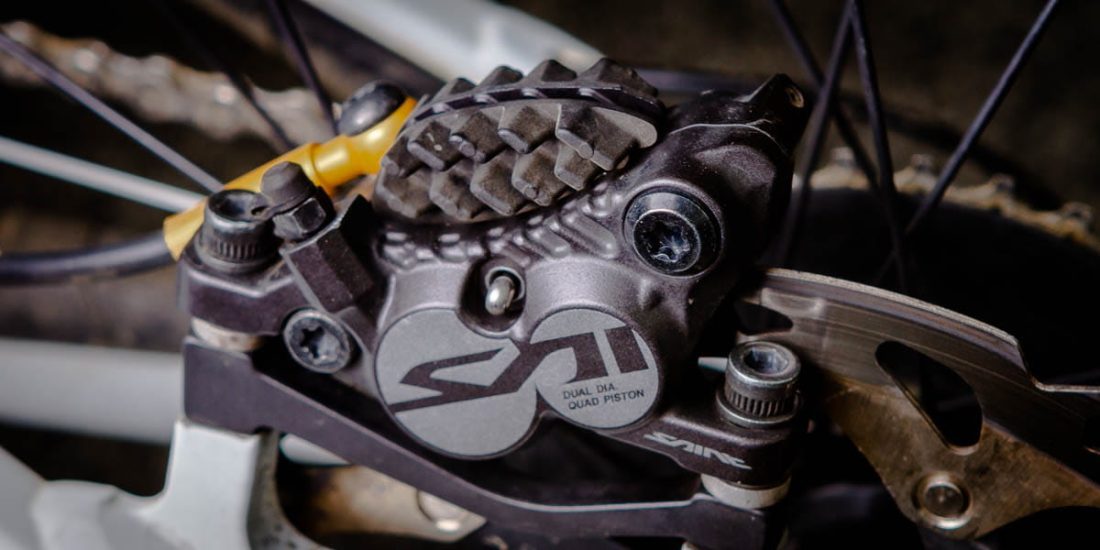
Ventilated pads have been on the market since 2011. The metal support is complemented by fins that protrude above the caliper and serve as a heatsink for more efficient heat dissipation. By optimizing heat dissipation to keep the liner temperature at a lower level, stopping power is maintained. Therefore, they are recommended for All Mountain - Enduro - Downhill disc brakes.
Carbon fiber pads
The French company All.Mountain.Project has developed mountain bike brake pads made of steel / carbon fiber mounts. Steel acts as a heat sink and helps transport heat into the air stream. Carbon fiber, on the other hand, prevents heat dissipation in the brake caliper and impairs the driver's feel when braking: carbon fiber has a thermal conductivity of about 38 times less than steel and 280 times less than aluminum. Carbon fiber acts as a heat shield.
The advantage is to obtain caliper temperatures comparable to those obtained with ventilated pads, with a weight nearly identical to non-ventilated pads with an aluminum-titanium support. This is a type of cushion that is primarily intended for those who run on rough terrain (even on road and gravel) where weight gain cannot be neglected.
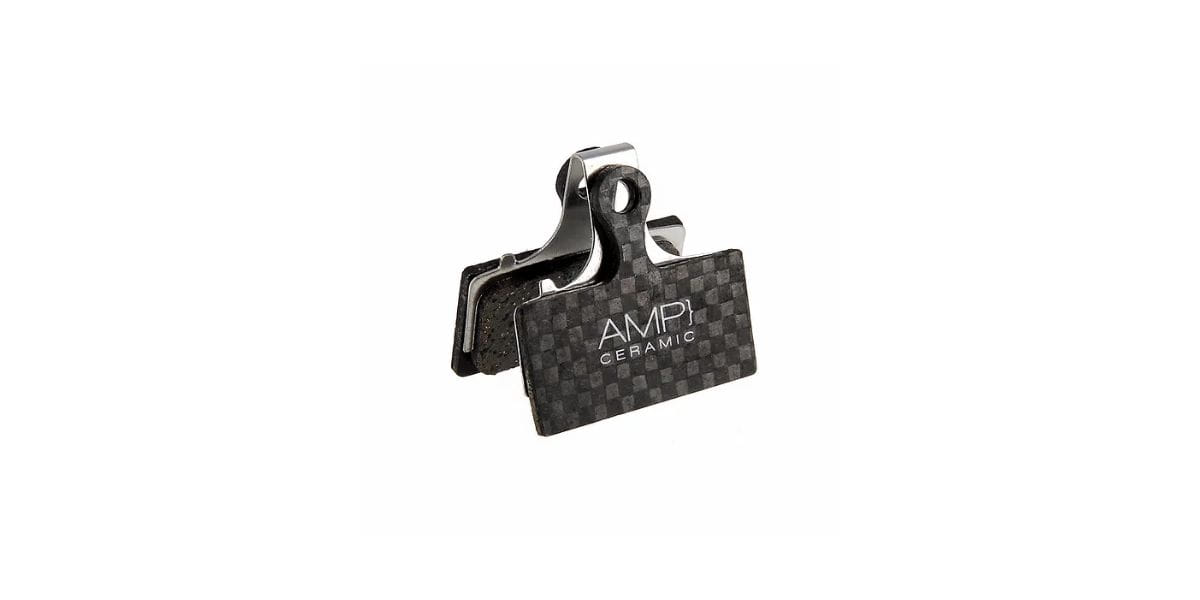
Recycling
On brake pads, the pad is a wearing part, but the support remains reusable. Some brands have jumped at the theme and are proposing to take it upon themselves to give it a second life. Other brands such as cyclotech offer ventilated models where the radiator and fittings are sold independently.
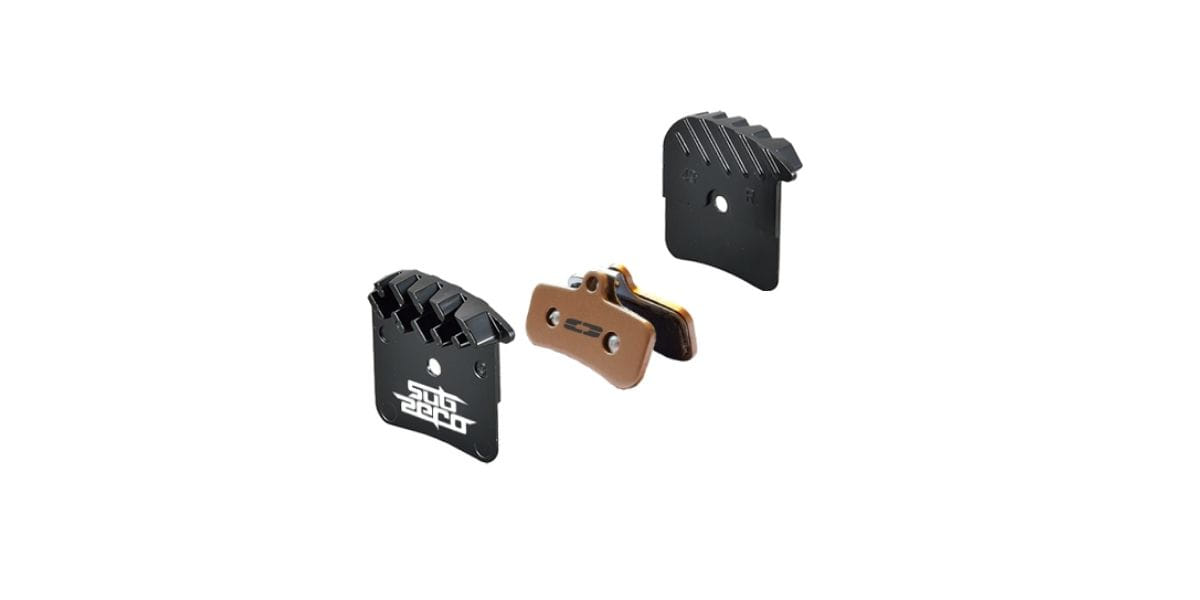
The perfect last for every discipline
In general, organic MTB pads are recommended for activities that require precise and firm braking due to their low temperature braking properties. Therefore, they prove to be an especially suitable choice for marathon, all-mountain or cross-country training. They allow you to shorten the braking distance as much as possible. This type of cushion is also compatible with the aluminum support, which is more resistant to heat build-up on long descents. It also adapts to hiking practice to provide more safety for all hikers thanks to its braking performance from the first press of the lever.
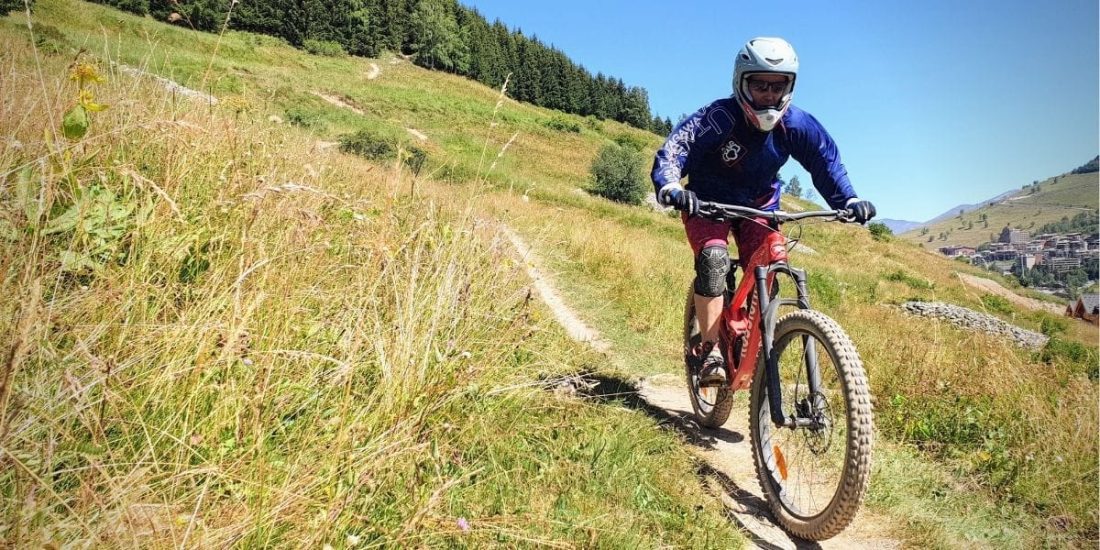
On the other hand, if you're used to doing more downhill-oriented disciplines, metal pads are effective for sustained, firm braking throughout your run. Therefore, this choice is recommended for enduro, DH or freeriding in complete safety, that is, for long descents or even for picnics.
| Exercise | DH | Freeride | Enduro | Whole mountain | XC |
|---|---|---|---|---|---|
| Metal | + + + | ++ | + | - | - |
| Organic | + | ++ | + + + | + + + + | + + + + + |
How do I change the disc brake pads on my bike?
Replacing the MTB disc brake pads yourself is quite simple:
- Flip your bike and take off your wheels
- We unscrew the transverse axis of the caliper so that the pads can be removed,
- Remove them without force using pliers, pushing in the safety pin and then turning them downwards,
- After removing the pads, continue cleaning the disc brakes and brake system with a cloth moistened with isopropyl alcohol.
- Push the pistons back with a special tool (or, if that fails, with an open-end wrench), being careful not to damage them. A little WD-40 can help loosen the thrust piston,
- Collect new pads by replacing old models. Do not touch the inside of the pads to avoid contamination with oily substances,
- It remains after fixing the bottle cleaner in place, if any.
Attention, for a new brake or disc, the disc must be worn in. Break-in is done by sequential braking while driving without undue brake restrictions: a hundred parking brakes are perfect. The disc (not the pads) is twisted so that a film of platters remains on the disc to create more friction. As for the pads, we are talking about lapping, but this is just the time for the pads to take an imprint of disc wear, so that the contact zone is optimal.
In theory, when you ride a disc with metal pads, you should always ride with metal pads afterwards, and vice versa.
Where to buy platelets?
Sure, you have your reseller near you ... but since these are small items, large online resellers are very well provided with:
- From Alltricks
- Chez Chain Reaction Cycles
- In Wiggle
Not all brands on the market end up offering the same power. In this case, choose the one that matches your discs and brakes. Do not forget to consult with the opinion of Internet users or your loved ones to be sure of the correct choice.
Whenever possible, always select the original manufacturer's models, which sometimes come from the same manufacturer as the other parts that make up your braking system. In addition, several mountain bike disc brake manufacturers continue to improve the performance of their parts to optimize the quality of their range.
